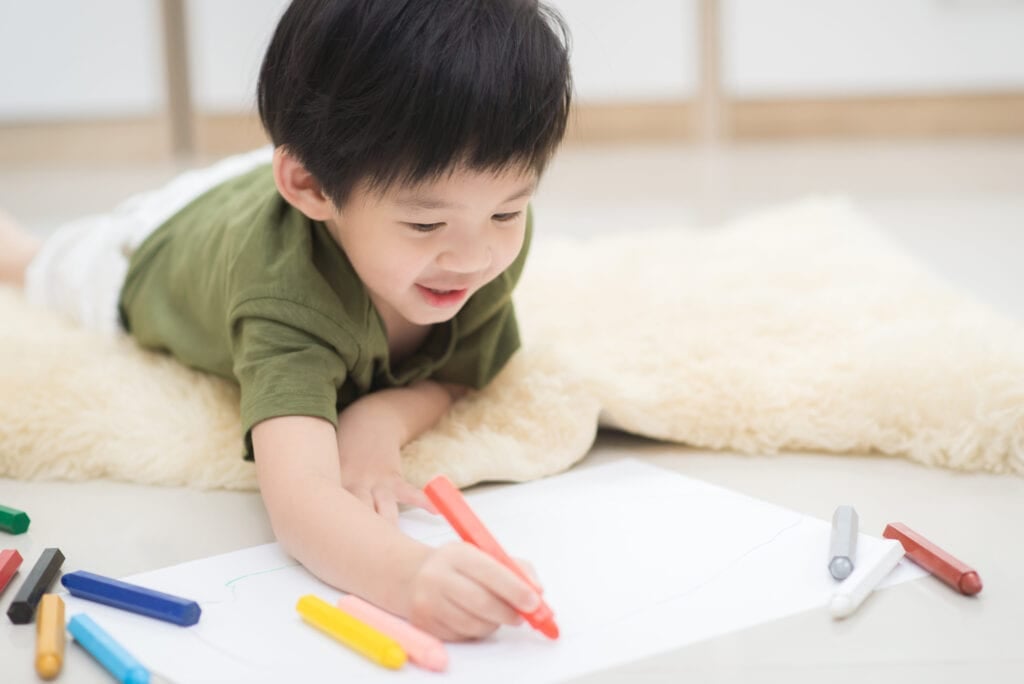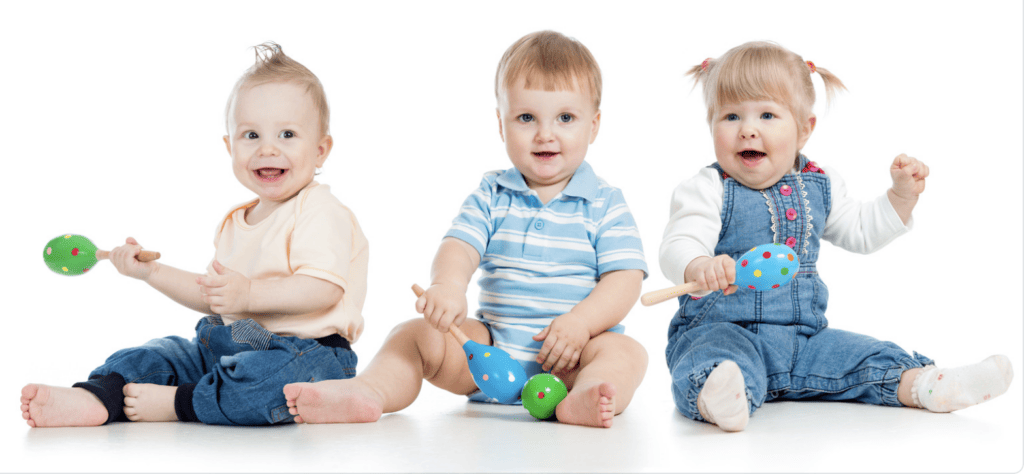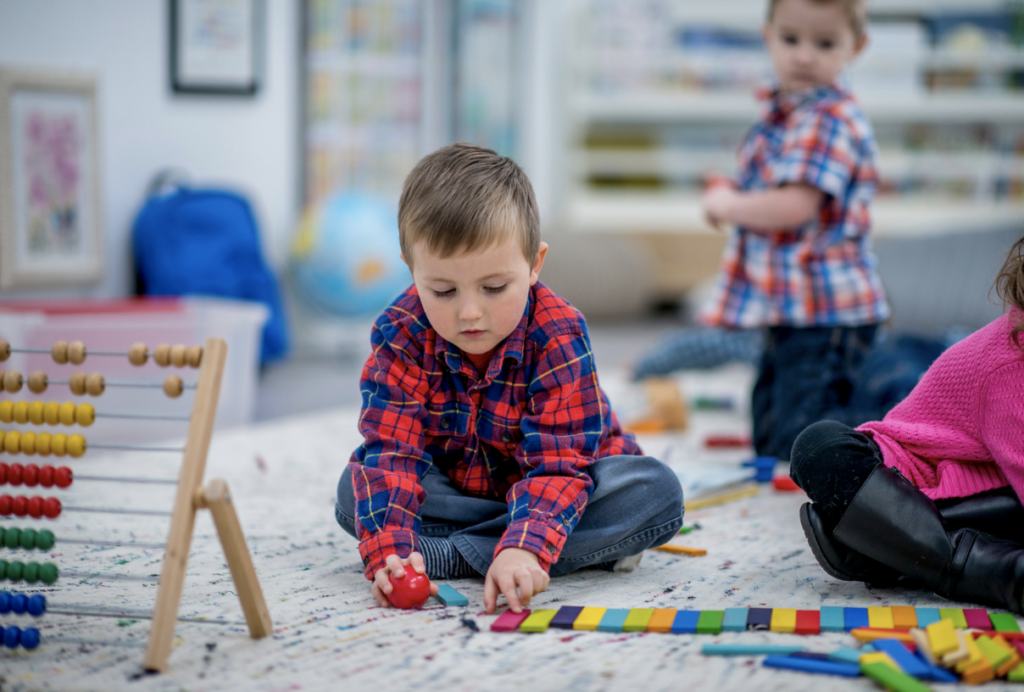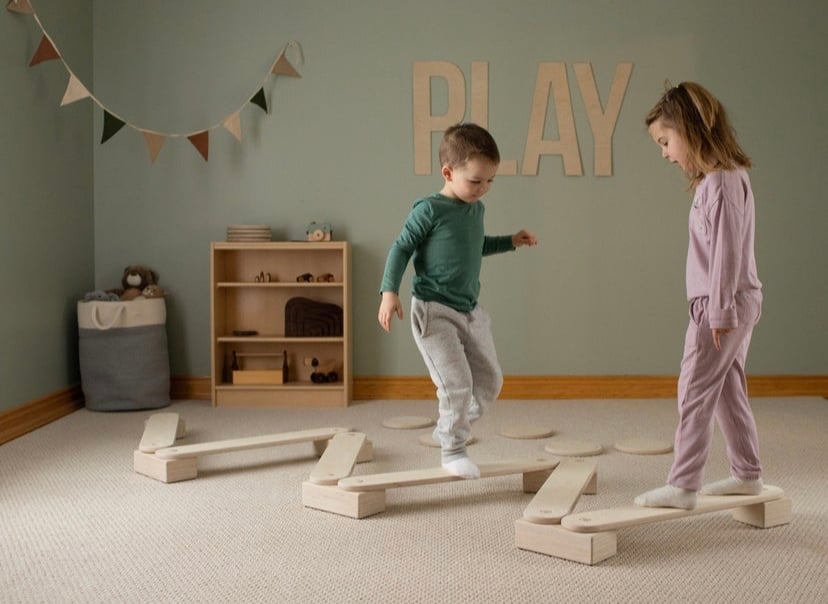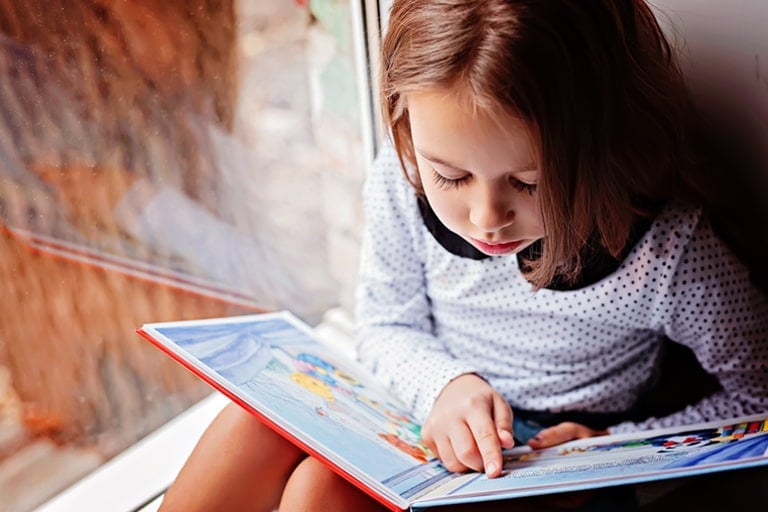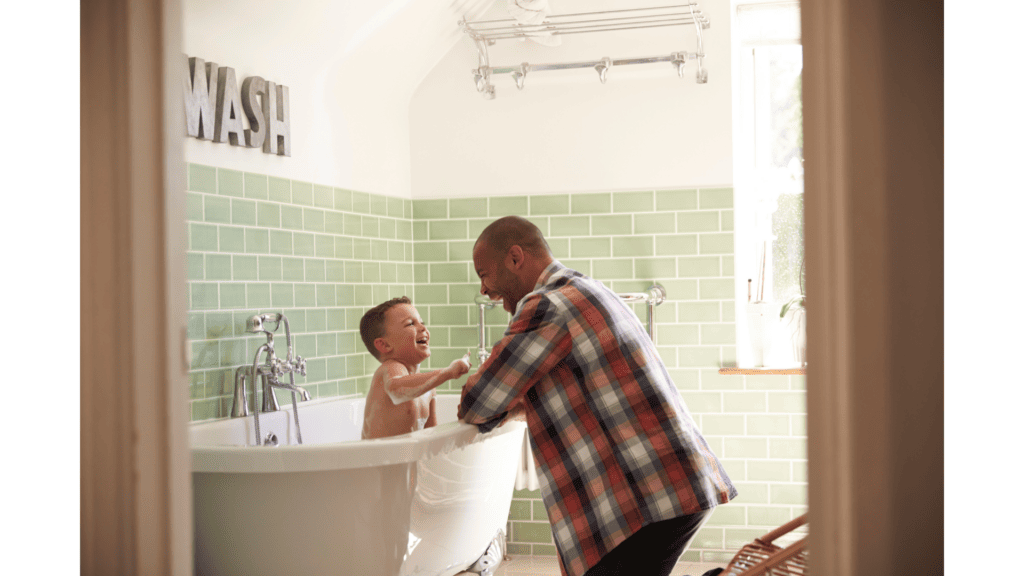
Montessori is a lifestyle that is based on the desire to create an environment that allows children to explore the world around them while creating a sense of independence. As children grow older and more autonomous, it’s important that they are able to learn how to utilize every room in the household responsibly. This means that a
In order to create a
Since there are quite a few hygiene components that are involved within the bathroom, it’s necessary that caregivers learn how to create a
Why Create a Montessori Bathroom
There are a few reasons why parents might decide to have a
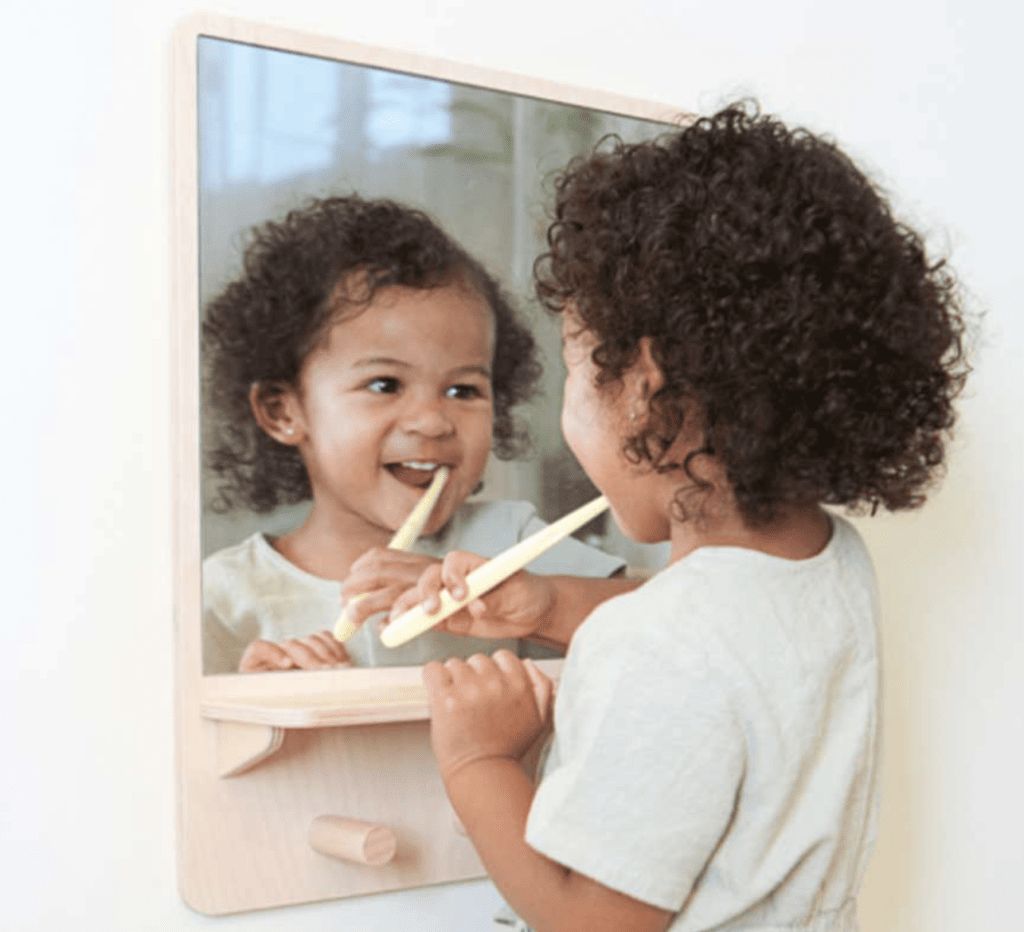
Montessori for Today picks out furniture, educational tools, toys and lifestyle items that we think are the best and most exciting, based on independent research and careful consideration. On some occasions we earn revenue (at no additional cost to you) if you click the links and buy the products. But this doesn’t affect what we choose to highlight and we will never let it bias our coverage.
According to michaelolaf.net, children are very observant of the people around them and want to start mastering the mental and physical skills that will help them to start taking part in important tasks. Going to the bathroom is a task that everyone does, and children want to be able to start using the toilet, brushing their teeth, washing their hands, etc. just like other members of their family. Related: Self Care in Montessori
When a
When children feel the urge to master a certain task, such as brushing their hair or washing their hands, they should be able to fulfill that urge until they feel that they have perfected that task. This also allows children to repetitively work on these tasks that will eventually turn into great hygiene habits.
Another one of the goals of
Of course, parents should be able to decide what should and should not be accessible for their children. Obviously dangerous materials like razors and medication should be kept out of reach, but they should have access to the appropriate hygiene tools for their age.
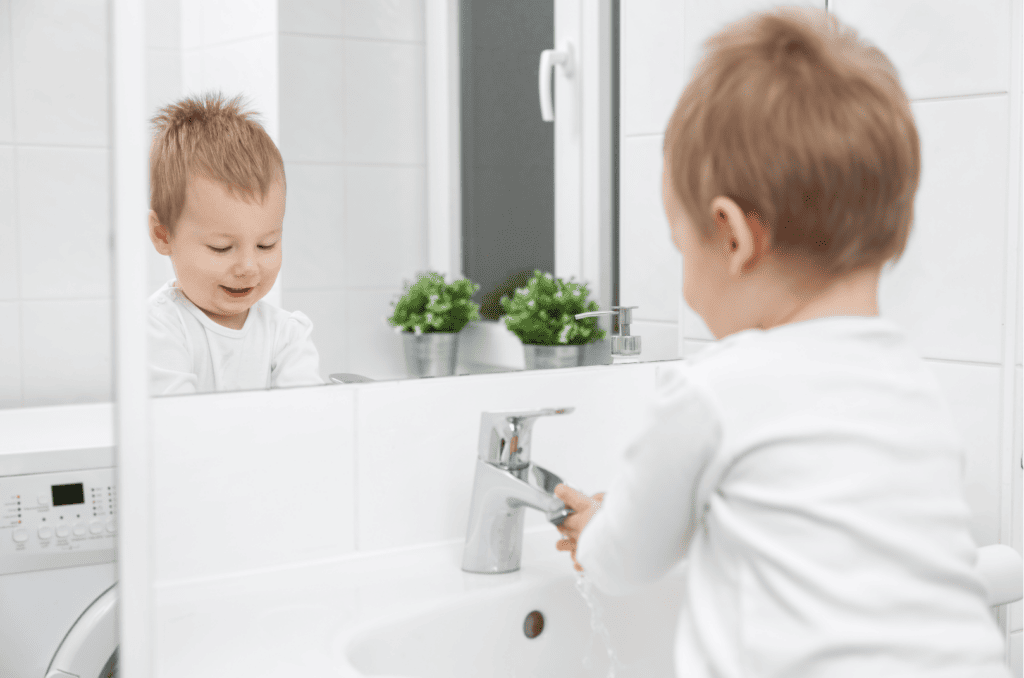
When parents learn which items are appropriate for their children to have, it’s important that the
An iconic characteristic of
Creating a Montessori Environment for Toilet/Potty
In order to create a
Not only does having these furniture items make children more independent, but this also ensures that children understand the appropriateness of regulating themselves while inside the bathroom. Even if you have a young child that is not quite interested in toilet training, place these items in the bathroom anyways. As your child reaches ages between 1 and 3, they will have a greater desire for autonomy and will want to start using the toilet just like their caregivers and other adults.
It’s also important to make sure that toilet paper is within the child’s reach. Caregivers should teach children how to use “slow hands” when using toilet paper so that the child doesn’t end up creating waste. If the toilet paper isn’t within reaching distance, parents should create a basket with wipes for the child to utilize. In this basket, caregivers can also include books, underwear, and clothing.
While children are beginning to learn how to use the toilet, it’s normal for mistakes to happen. That’s why having a change of clothes and underwear on hand is important so that children can independently, or with a little help, get dressed.
Check out our article for more information about potty training the Montessori way.
Creating a Montessori Environment for the Sink
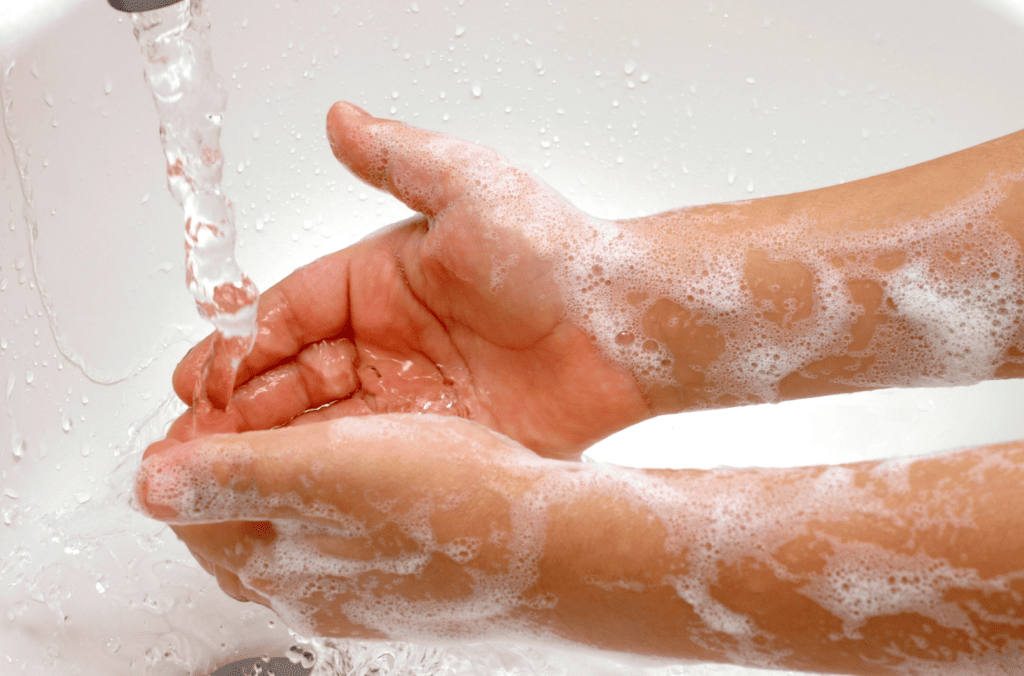
When it comes to the sink, there are quite a few different hygiene practices that take place such as brushing and flossing teeth and washing hands. In order for children to use the sink, it’s important for them to be able to reach it! The best way to combat a tall vanity is to get an appropriately sized stool so that the child can use the sink.
Another great item is a faucet extender. Even with a stool, young children might not be able to reach the stream of water. Using a faucet extender ensures that the stream of water moves about 6 inches closer to the child, creating a more accessible environment.
There are also child-sized functional sinks available for purchase if you have enough space in your bathroom for a separate small sink.

Washing Hands
To create a
Brushing/Flossing Teeth
Make sure that the toothbrush, toothpaste, and floss are kept in a place, such as a drawer or near the edge of the counter (depending on their age) so that they can reach their belongings and utilize them. Parents can also place a cup on the counter so that children can wash out their mouths after practicing oral hygiene.
If a child often tries to get out of brushing their teeth early, set up a timer for about two minutes so the child understands how long to brush. If your child doesn’t like brushing their teeth much at all, then try to provide a variety of flavored kinds of toothpaste that the child likes. Giving options to children can be extremely helpful!
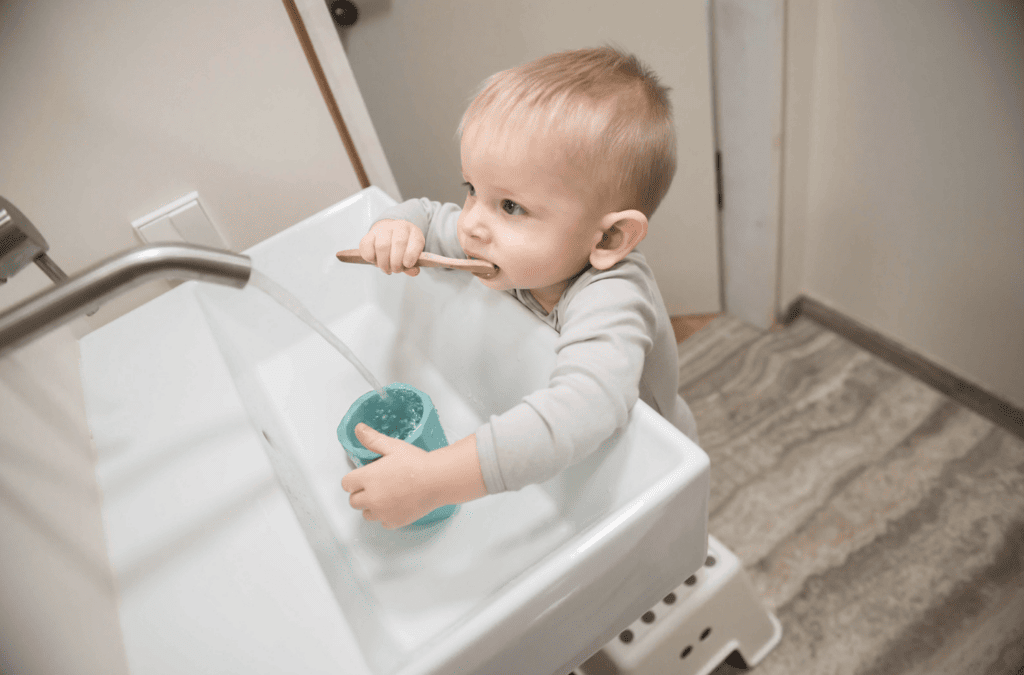
Creating a Montessori Environment for the Bath
Bath time doubles as a hygienic task and playtime. There are quite a few items that are important to have in the bath area to create a
- Travel-Size Bottles for shampoo, conditioner, and soap
- Caddy for toys
- Suction cup mirror
- Low hook to hang towels
Each of these items is important for different reasons. As mentioned before, travel-size bottles are good for children to gain fine motor skills. Using a low-hanging basket or caddy allows different soaps to be within reach for the child. With a suction cup mirror, children will be able to make sure that they are washing all of the shampoo and conditioner out of their hair. Related: Why do
Once a child is all done with bath time, they are able to get their own towel from a low-hanging hook. When they’re all done drying off, the child will know exactly where to hang up their towel.
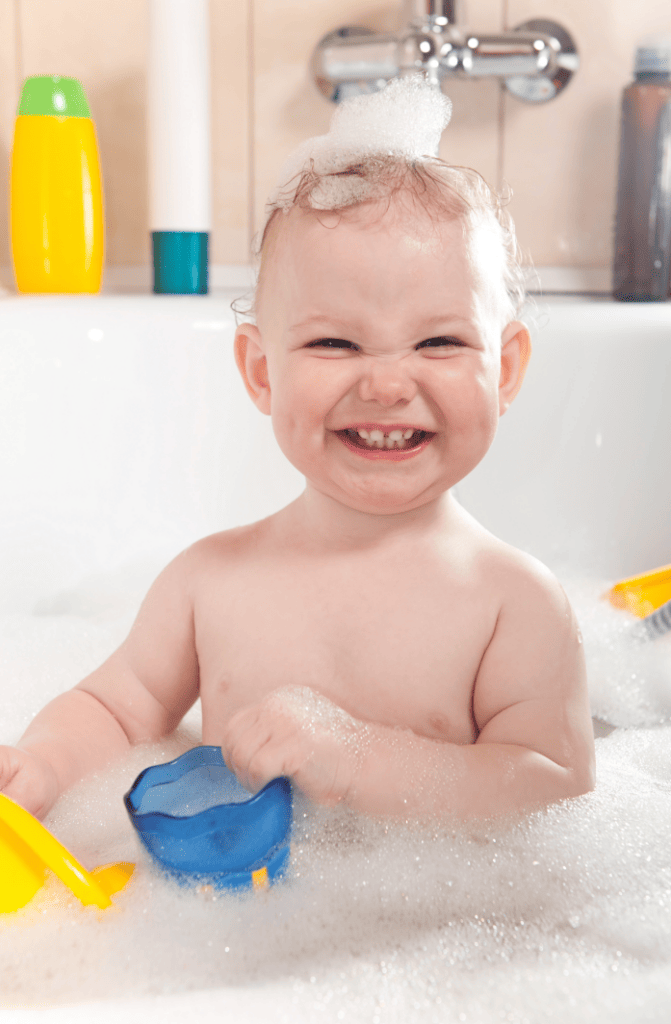
Bath Toys
Bath toys are also a large component of bath time for children. The
Many practical life skills can be worked on in the bath tub with household items, such as spray bottles, cups and pitchers, eye droppers (we like jumbo ones like these), kitchen utensils, measuring cups, and sponges.
There are also a wide variety of bathtub toys that would be considered
Montessori sources recommend bath toys such as:
- Boon Building Bath Pipes: The Boon Building Bath Pipes give children the opportunity to create a fun labyrinth of pipes for children to connect, redesign, and to pour water through. This toy should be placed low enough so that young children are able to play with it while sitting in the bath tub.

- Boon Cogs: Boon Cogs are gears that can be placed on the wall of the bath tub. This is a great sensory tool for children since they can learn about how gears and cogs work. Since the cogs suction to the wall, children can also learn how to reposition and redesign the layout of the gears.
- Stacking Cups: Toy boats are great for children to learn how to role play and learn how to start using their imagination.

- The Liquid Lab: The Liquid Lab is a set of toys that include beakers and pitchers. This allows children to learn about water displacement and how different shaped glasses can contain the same amount of liquid as other containers.
- Water Wheel: A water wheel is a great toy to entertain children, as well as teaching them about cause and effect. Water is placed at the top of the toy, and then the small buckets empty out the water as the wheel spins. This can be placed towards the bottom of the bath tub so it can be easy to transfer water to the top of the toy.
- Sea Animal Figurines: Just like toy boats, sea animal figurines give children the opportunity to learn how to role play while learning about the natural world around them. Check out our full article on Schleich Animals in Montessori.

Check out our article on incorporating Montessori into your home and lifestyle for more information.


